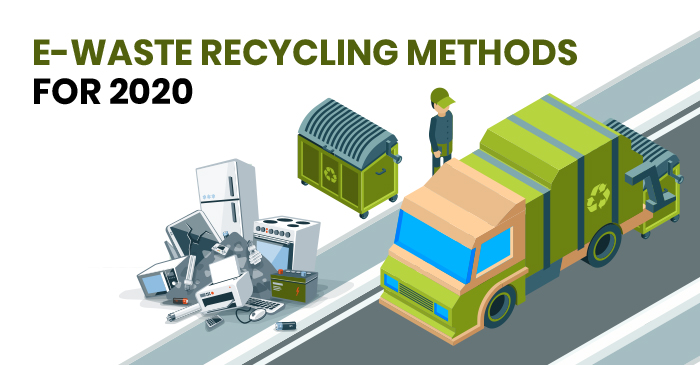Learn How To Choose The Excellent Dumpster Dimension For Your Task To Take Full Advantage Of Performance And Decrease Prices With This Thorough Overview
Learn How To Choose The Excellent Dumpster Dimension For Your Task To Take Full Advantage Of Performance And Decrease Prices With This Thorough Overview
Blog Article
Content Author-Galloway Hunter
When starting a job that needs a dumpster, the size you choose can significantly influence its effectiveness and cost-effectiveness. Imagine having the best container that accommodates all your waste without being excessively large or as well little. All of it beginnings with comprehending the subtleties of your task and choosing a dumpster size that straightens with your certain demands. So, prior to you choose, take into consideration the factors at play to make certain a seamless waste monitoring procedure from start to finish.
Factors to Take into consideration
When choosing the ideal dumpster size, there are numerous key elements to take into consideration.
Initially, think of the kind of waste you'll be disposing of. Different products may need varying amounts of space, so recognizing what you'll be putting in the dumpster is essential.
Next, analyze the quantity of waste you anticipate to create. If you take too lightly the volume, you may need to make numerous trips to deal with every little thing, which can be troublesome and pricey. On the other hand, renting a dumpster that's too huge can result in unneeded expenses.
In read here , think about the room where the dumpster will be put. Guarantee there's enough area for the dumpster to be delivered and picked up with no blockages.
Last but not least, consider any kind of weight limitations that may use. Exceeding the weight limitation can result in added charges and even the rejection of service.
Dumpster Dimension Choices
For choosing the right dumpster size, it's necessary to have a mutual understanding of the available alternatives. read more vary from 10 to 40 cubic lawns, with variations in between.
A 10-yard dumpster is suitable for little projects like a garage cleanout or a small improvement. If you're taking on a medium-sized task such as a kitchen area remodel or a basement cleanout, a 20-yard dumpster could be the best choice.
For bigger projects like a whole-house restoration or industrial construction, a 30 or 40-yard dumpster could be better to accommodate the volume of waste created.
When deciding on a dumpster dimension, think about the amount and kind of particles you expect to deal with. It's better to select a slightly bigger size if you're unsure to stop overfilling. Keep in mind, it's even more economical to rent a dumpster that fits your needs rather than needing to get an added one.
Matching Dimension to Job
Optimally matching the dumpster dimension to your task is critical for effective waste administration. To determine the appropriate size, take into consideration the range and nature of your project.
For little home cleanouts or remodellings, a 10-yard dumpster might be enough. These are generally 12 feet long and can hold about 4 pickup tons of waste.
For bigger projects like remodeling several areas or clearing out a huge estate, a 20-yard dumpster could be more suitable. These are around 22 feet long and can hold about 8 pickup lots.
If you're dealing with a significant building and construction project or business renovation, a 30-yard dumpster could be the very best fit. These dumpsters are about 22 feet long and can accommodate about 12 pickup lots of particles.
Matching the dumpster size to your task guarantees you have sufficient space for all waste materials without overpaying for unused capacity.
Final thought
In conclusion, selecting the best dumpster size for your project is crucial for efficient waste disposal. By taking into consideration aspects like the type and quantity of waste, space availability, weight limitations, and budget constraints, you can ensure you have the appropriate dimension dumpster for your demands. Make sure to match the size of the dumpster to the scope and nature of your project to prevent overspending on unneeded expenses.
